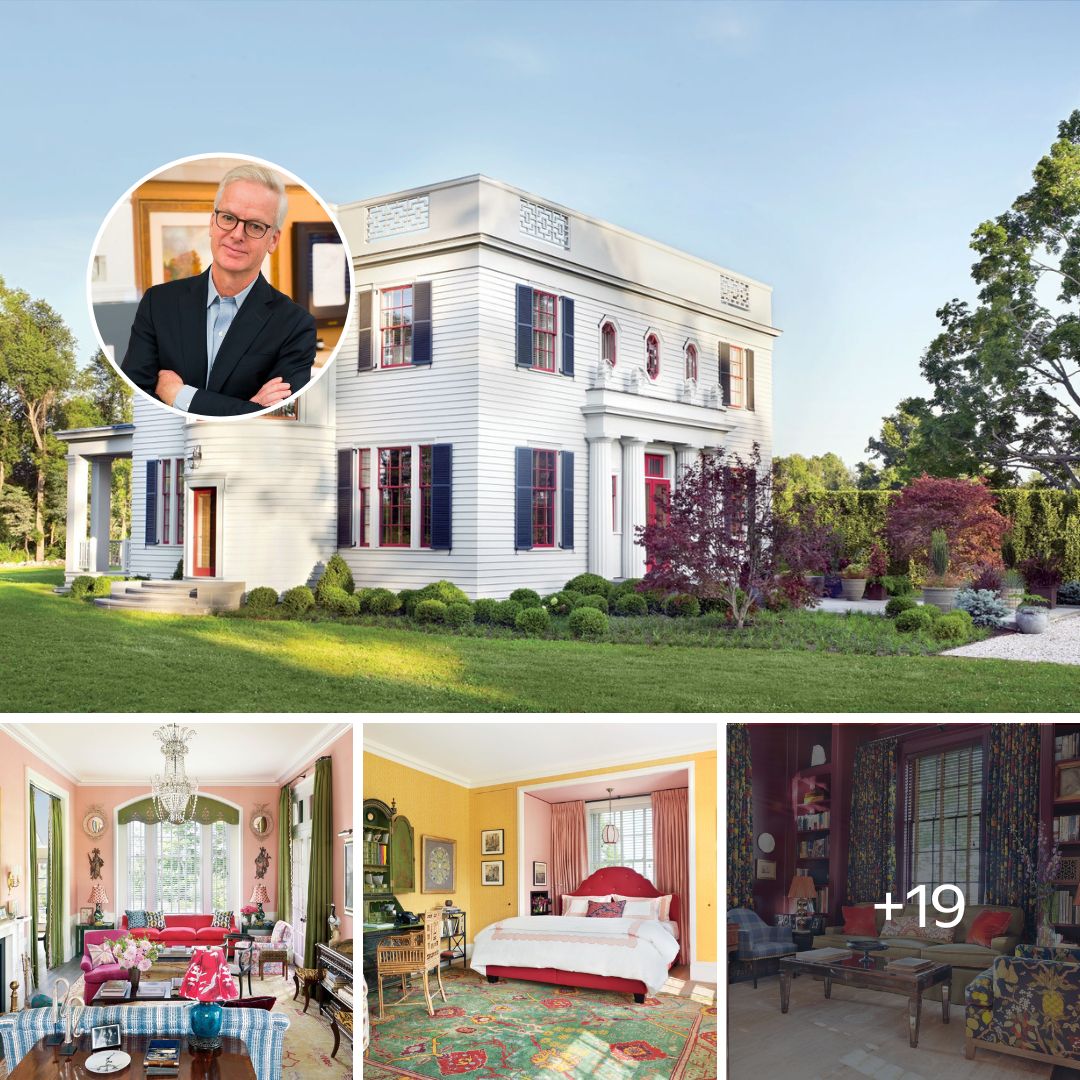The home in the Hudson Valley owned by architect and designer Katie Ridder gives traditional decor a lighthearted spin.
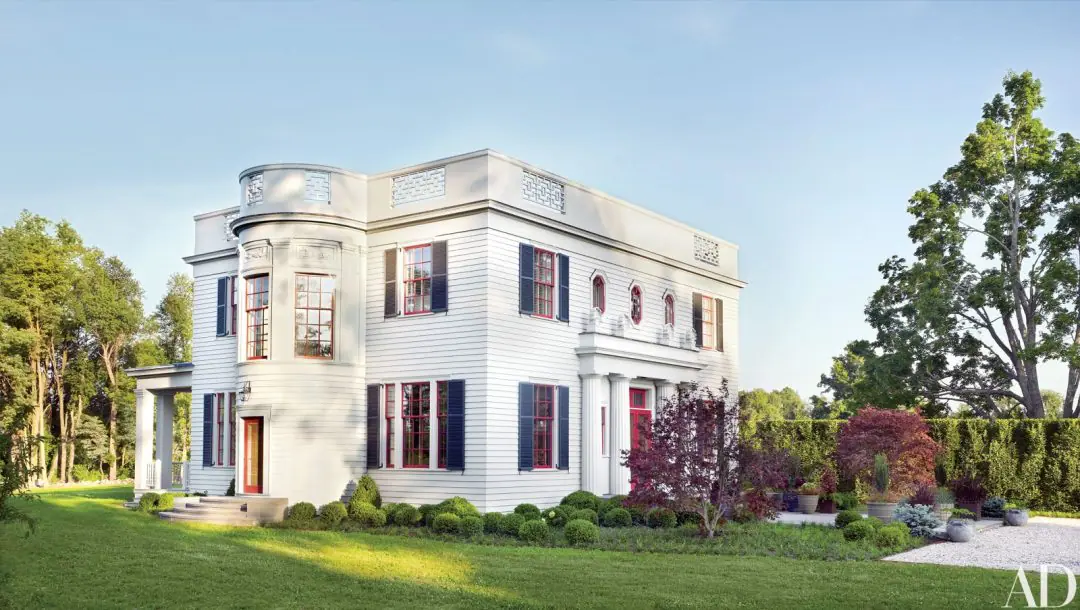
Although the couple’s businesses have a joint office in Manhattan, you can feel the rhythms shifting as you approach their weekend residence in Millbrook, New York. The Taconic State Parkway’s smooth bends give way to stop-and-go city traffic and then to country roads that are first paved and then built of dirt.
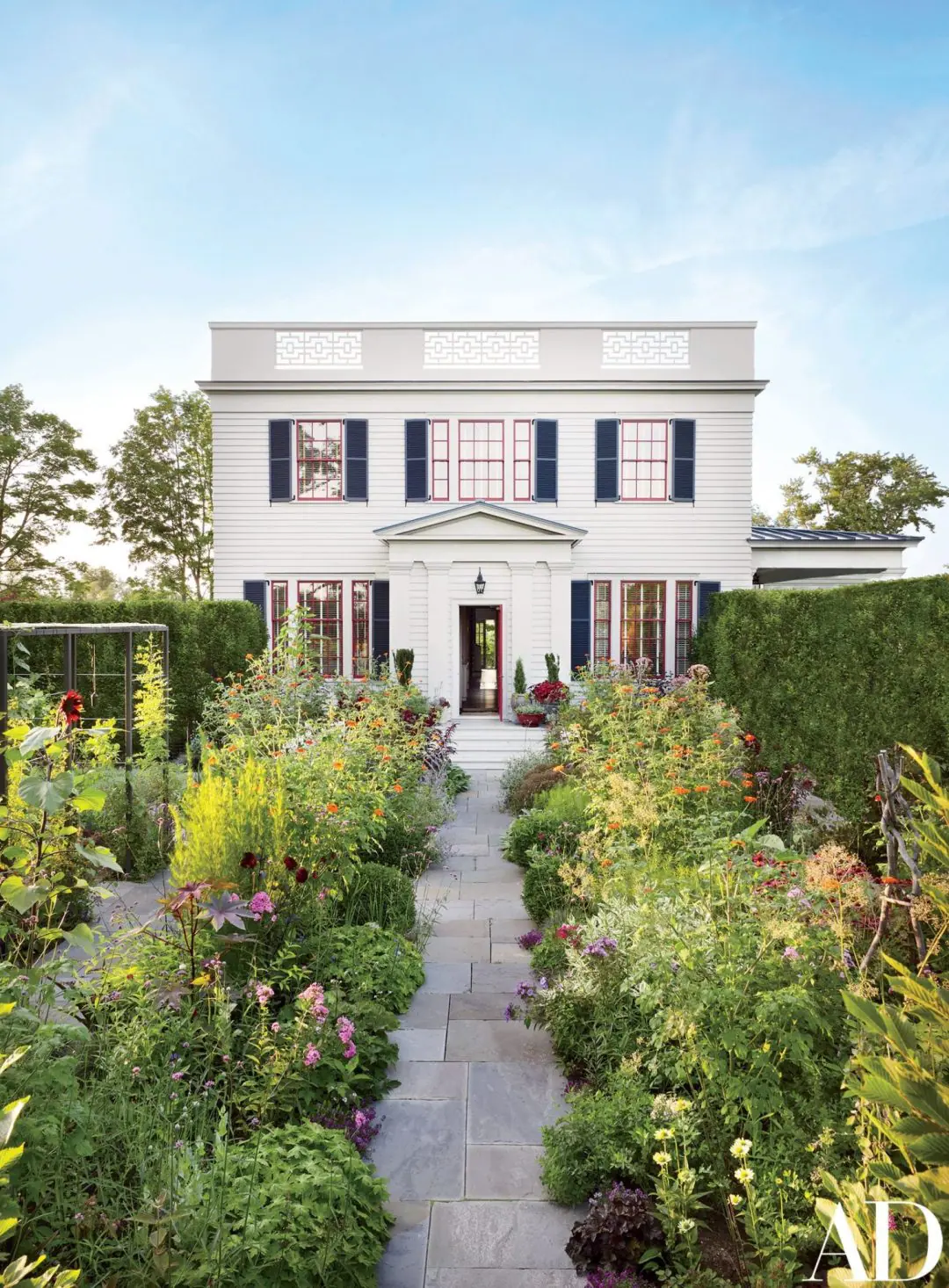
All evidence of the activity of the twenty-first century has disappeared into the distance by the time you pull into the home’s courtyard, which is lined with pebbles. No other residences are visible, only the occasional passing car. The loudest sound you’re likely to hear, blowing winds, served as the inspiration for the region’s ominous yet gleefully exaggerated appellation, Tornado Alley.
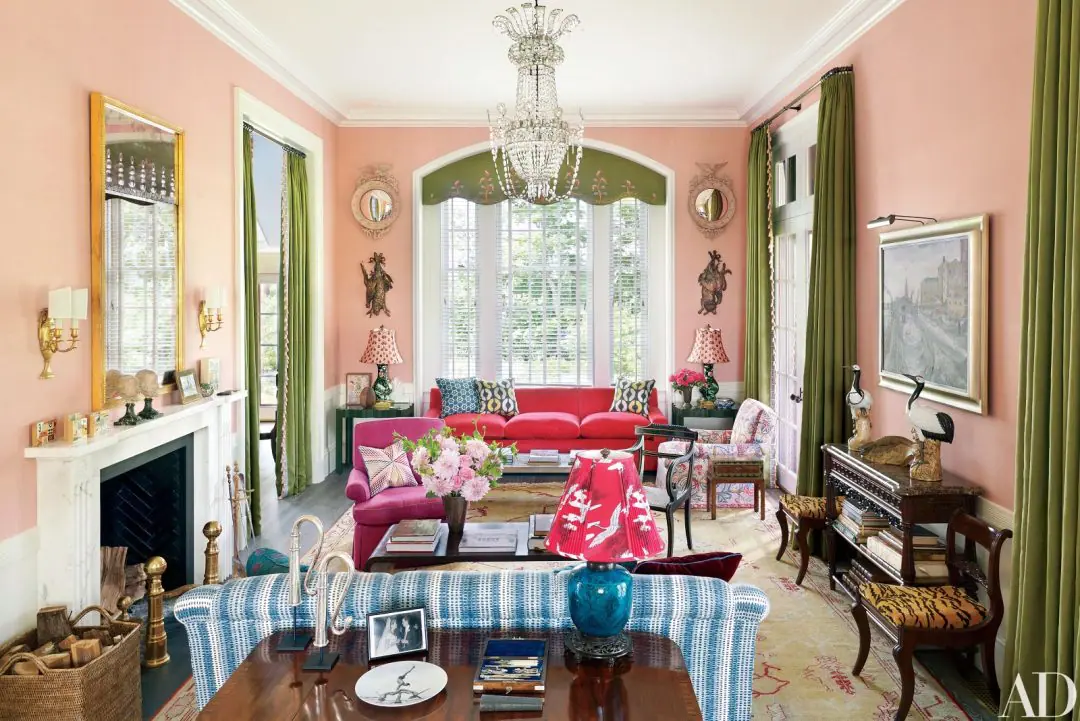
Pennoyer and Ridder, whose primary residence is in Westchester County, picked the six-acre land owing of the sense of privacy and the expansive countryside that surrounds it on all sides. The couple shares the two-story, four-bedroom hideaway with their three children, Gigi, Tony, and Jane, who range in age from 15 to 22. It’s significant to note that this is Pennoyer’s first self-built residence.
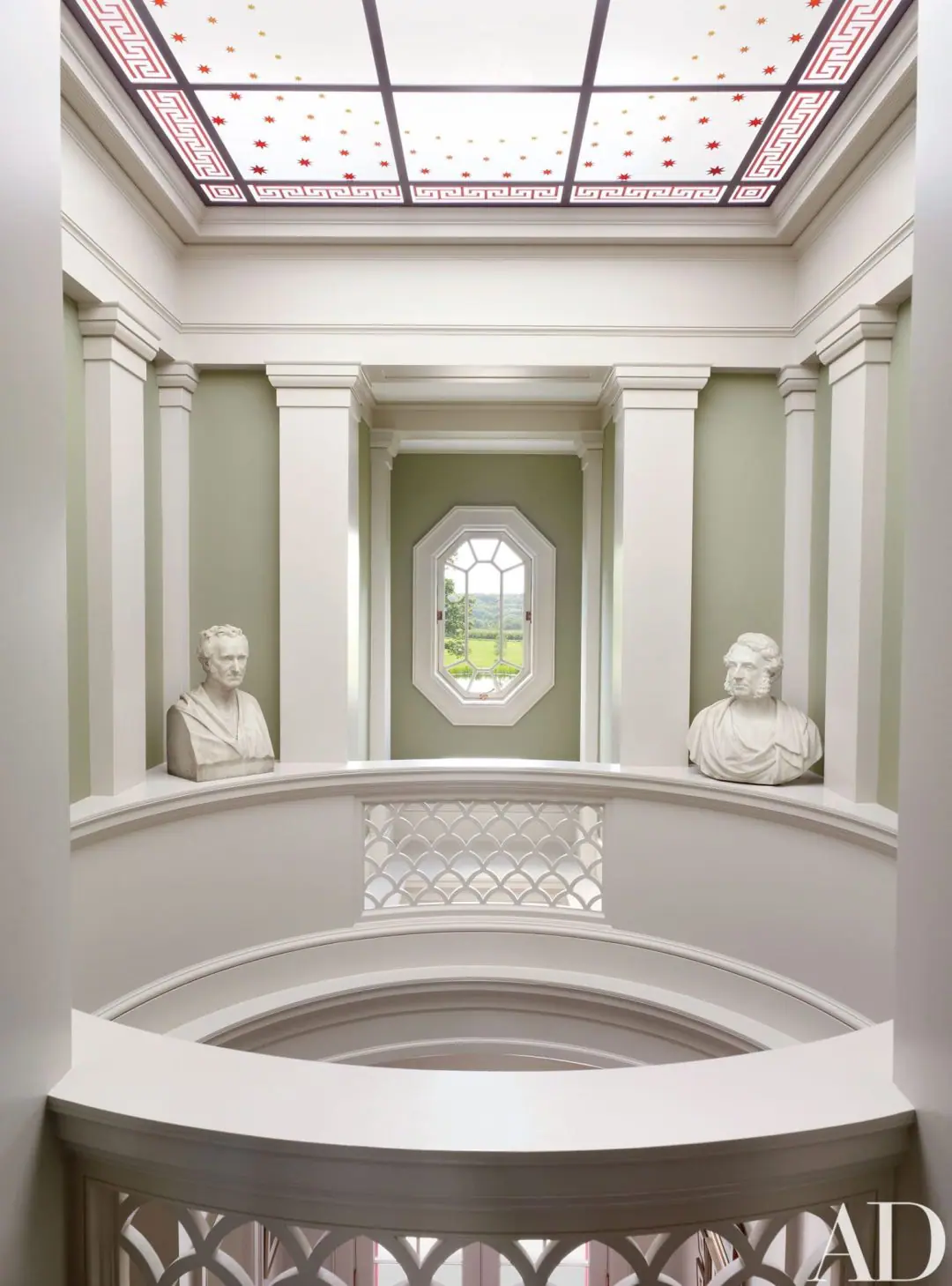
The distinctively square-shaped building’s design, in the words of Pennoyer—who previously served as chairman of the Institute of Classical Architecture & Art and is a co-author of several monographs on historic firms like Delano & Aldrich and Warren & Wetmore—”is basically Greek Revival, my favorite style of American architecture.”He calls attention to the fluted Tuscan columns that surround the front door and the foliate relief that graces its entablature.
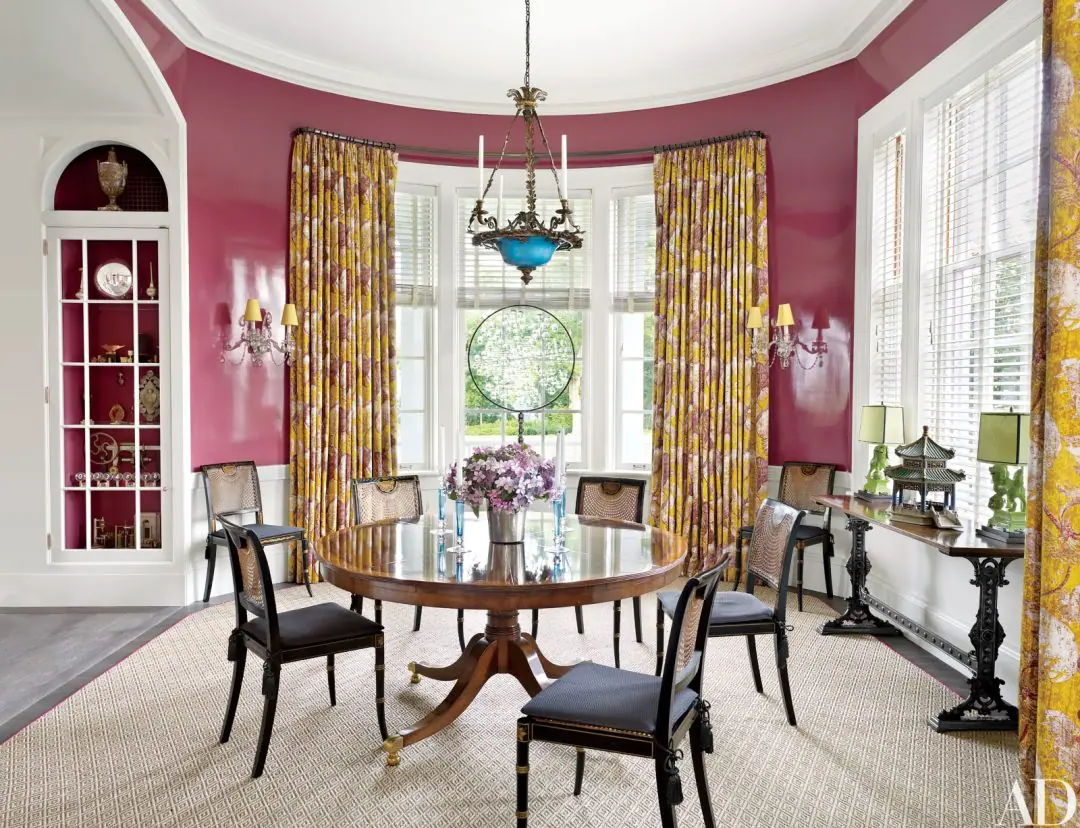
The colonnaded porch that stretches out the back of the home and the pilasters and pediment that frame one side door, both of which were initially finalized in a 3-D printed model, are other features that he draws attention to. He asserts that each façade is distinct yet symmetrical and interconnected.
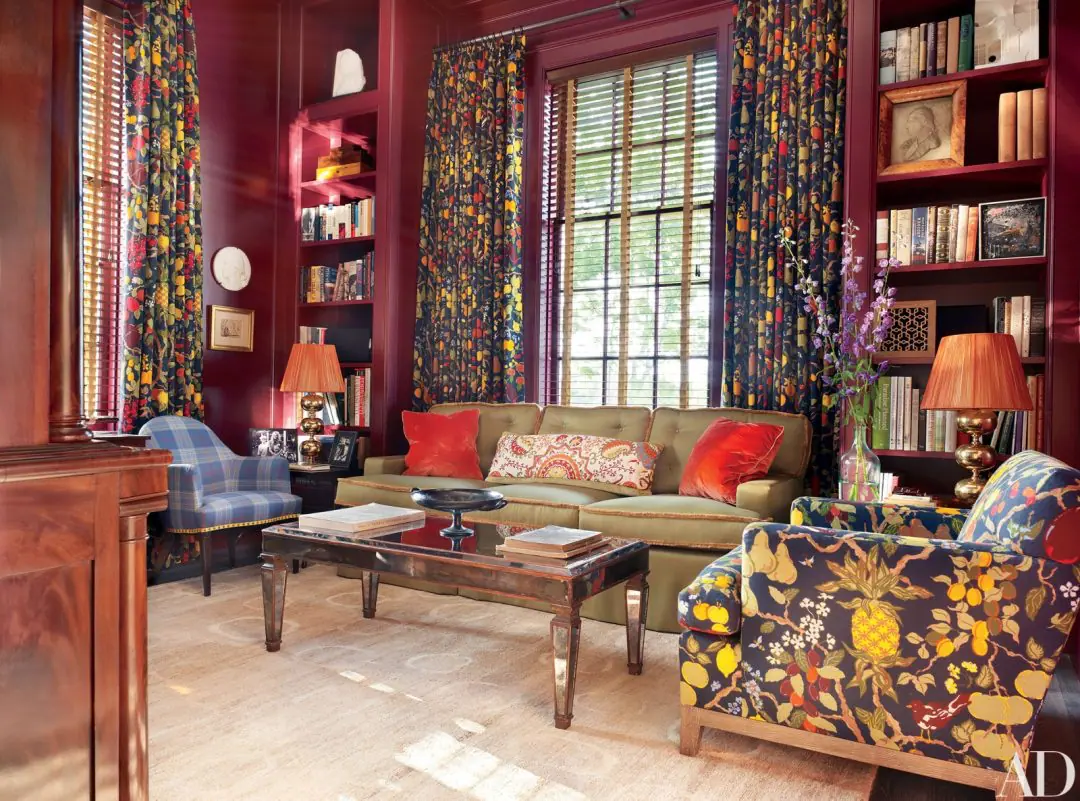
Pennoyer acknowledges that it took months of sketching—possibly with some assistance—to get the design precisely right. He smiles as he recalls his architect friends’ warnings that the creative process would end up taking up all of their time. “It’s the beginning of the end,” he asserts, “when the principal of a firm starts building his own house.” Gregory Gilmartin, a coworker of mine, intervened at that time, though. He locked his door and shunned me for six weeks after I showed him my paintings.
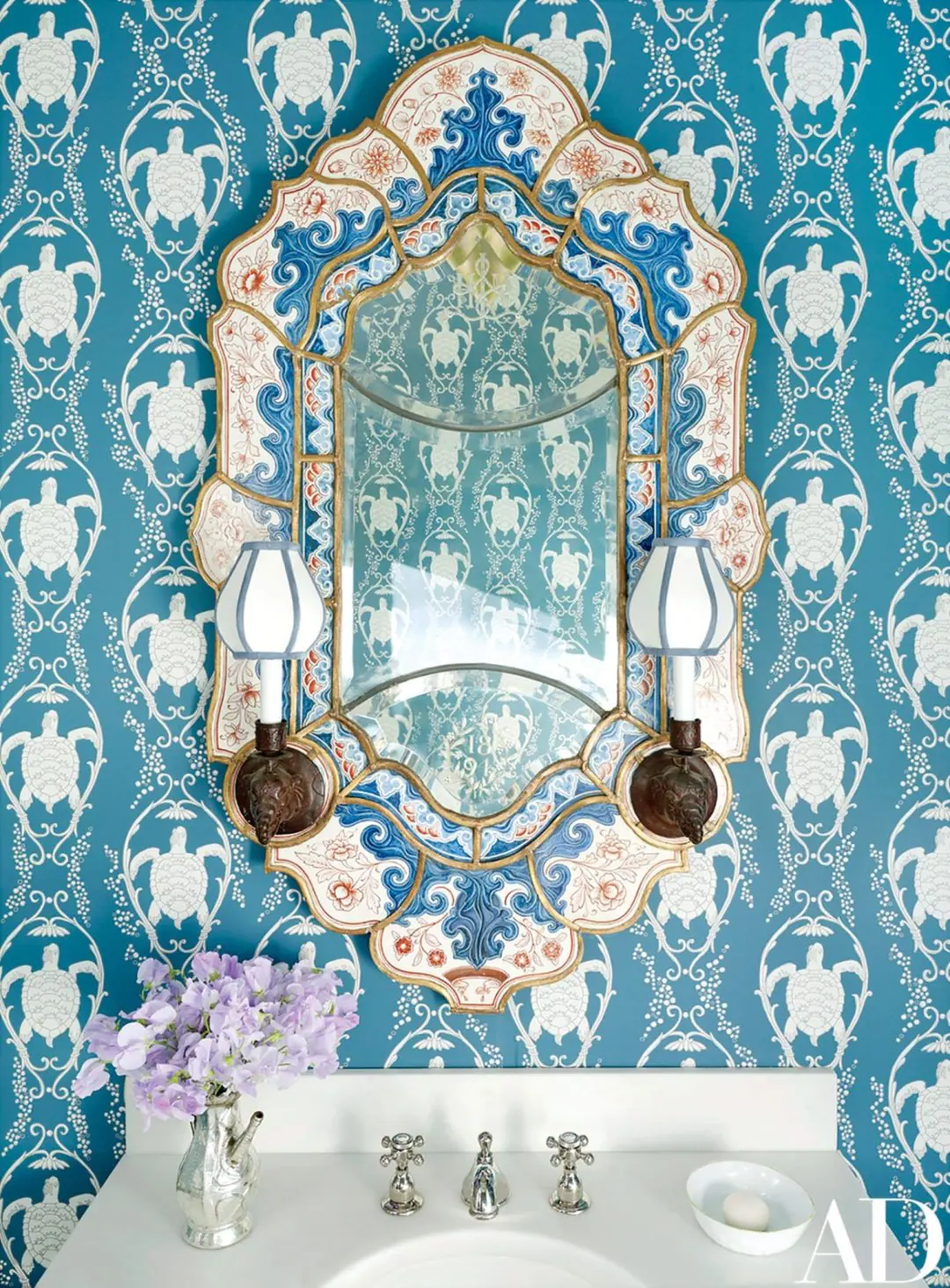
The ultimate plan’s success, like with all of his endeavors, “was bringing natural light into the middle of the house,” according to Pennoyer. It was decided to shift the staircase to one side of the structure to make place for a central atrium. Sunlight streams into the area through glass panels with Greek-key border and star constellation decorations. On the ground floor, the kitchen, dining room, living room, and study are arranged in a layout that nearly entirely lacks interior doors while maintaining a sense of proximity.

Pennoyer was in charge of the construction but joyfully deferred to his wife when it came to interior design. ‘I didn’t want the rooms to be designed by committee,’ he asserts. Someone once remarked, “Katie works best when no one else can change it.
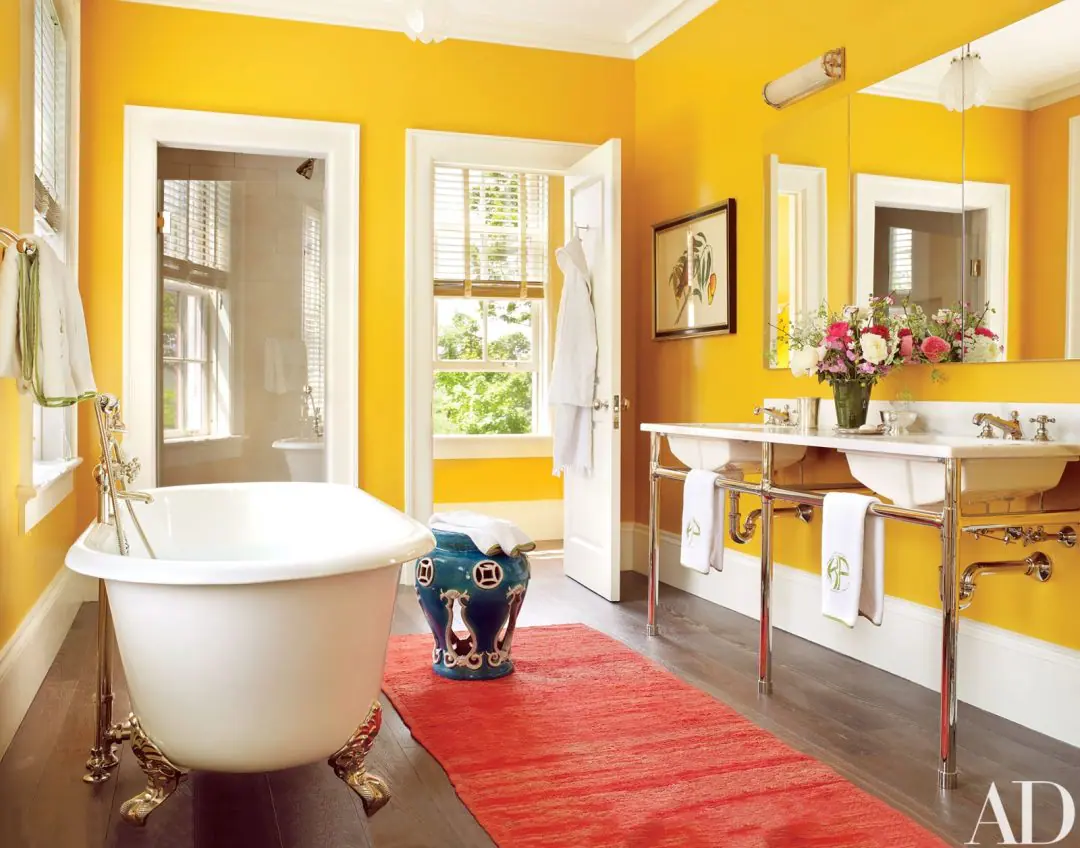
The interiors are embellished in the recognizable Ridder style, which is characterized by an opulent burst of exotic patterns, vivid colors, and classic antiques. I used colors that I hadn’t previously used, she claims. She began with the antique Oushak rug in the living room, which was formerly a piece in Dodie Rosekrans’ collection, and complimented its joyful color scheme with the rose-colored wall paper. Similar colored surfaces can be seen throughout the remainder of the house, including the blue and white sgraffito-inspired wallpaper in the stairway, high-gloss mulberry paint in the dining room, and lilac hexagonal floor tiles in the foyer.
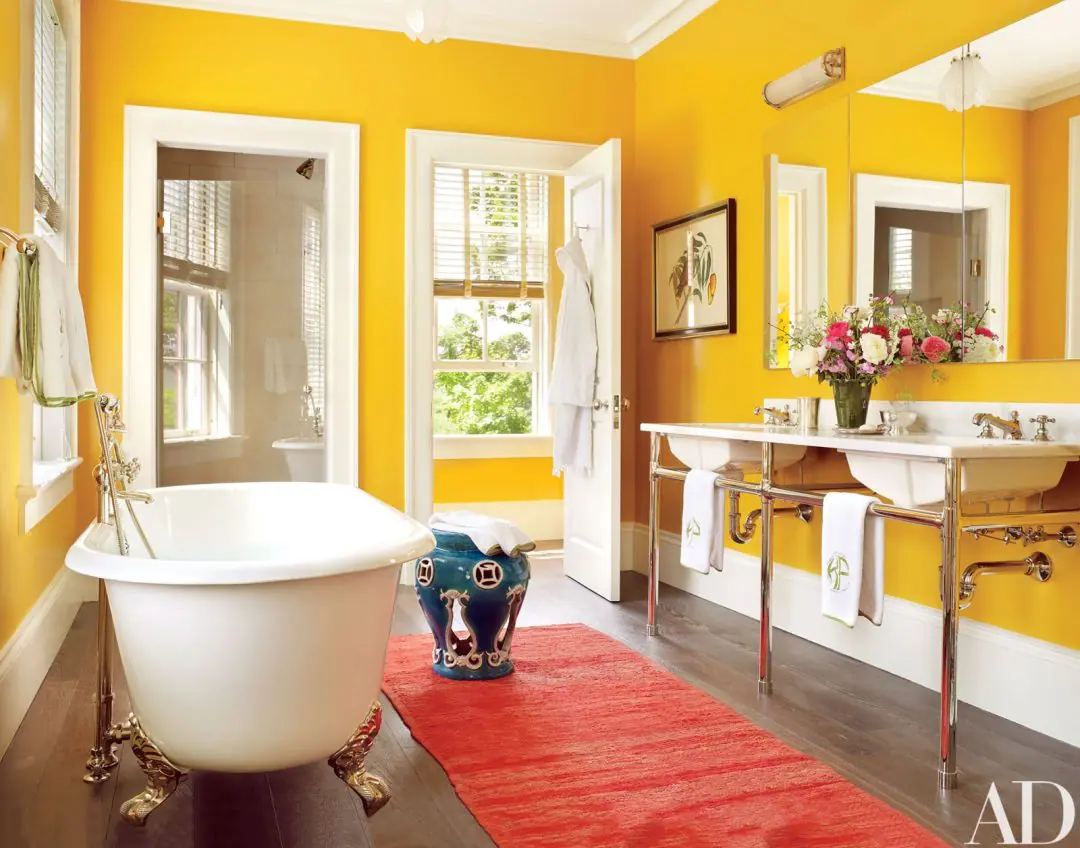
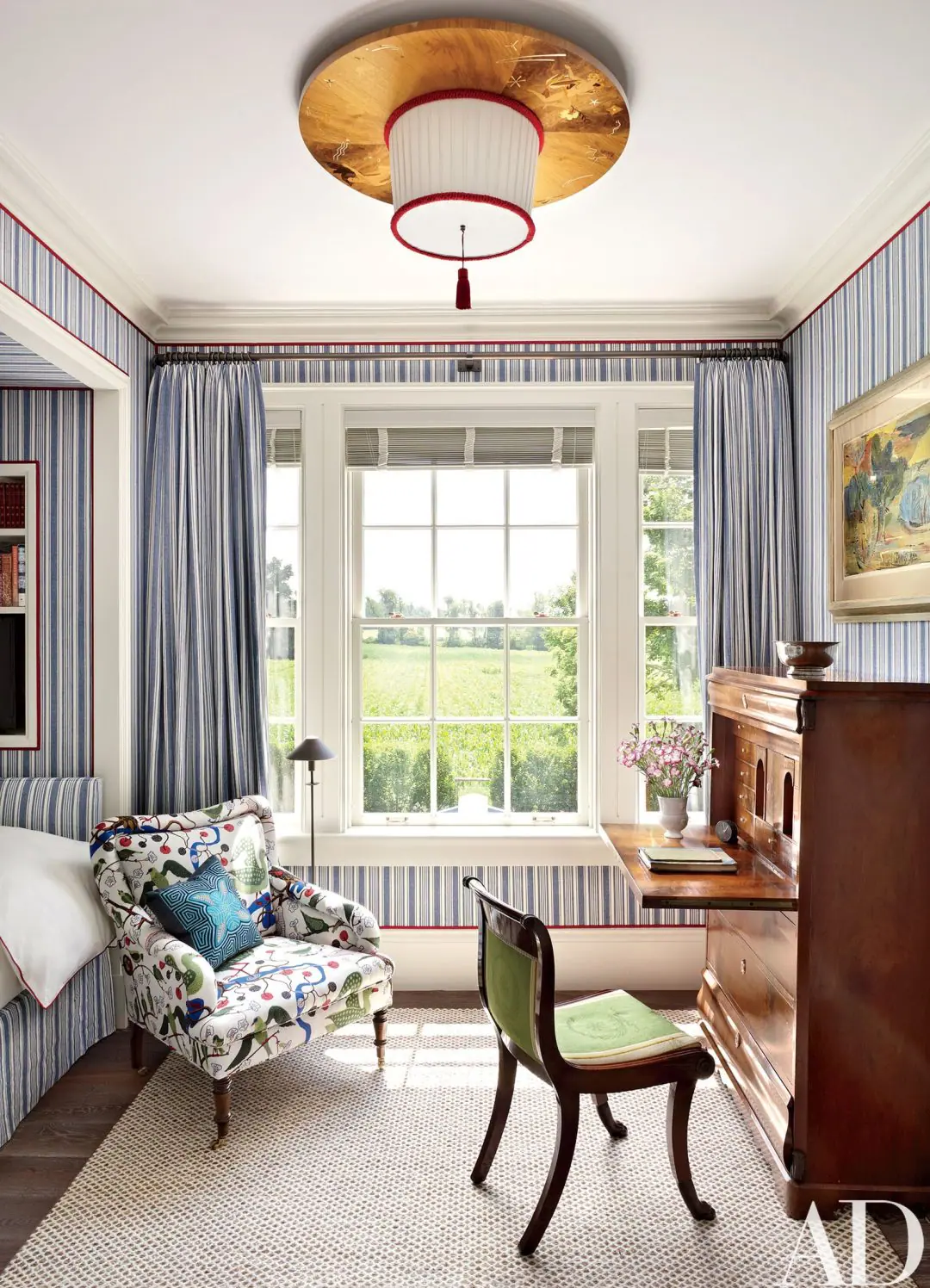
The rooms are decorated with a diverse assortment of fabrics, each of which is used to decorate a window, lampshade, or seat. While mossy-green linen drapes cocoon the living room and are trimmed with a geometric border and wood-bead trim, yards of floral Swedish fabric animate the study. Valuable 18th-century needlework panels in the master bedroom are once again being used as valances after spending years in storage. The Japanese desk in the room, where Ridder keeps her stationery and seed packets related to one of her main passions: gardening, has a background that is green, echoing that color.

Every weekend, she works in her sizable outside vegetable and flower gardens. The former features a chaotic arrangement of tiny annuals and shrubs, many of which were gifts from her friend and fellow garden writer Page Dickey. The gardens at Wave Hill in the Bronx served as some of its inspiration. Next to the barn, rows of dahlias, rhubarb, kale, potatoes, lettuce, and a ton more are growing, providing the family with food when necessary.

Ridder freely admits, “I’ve made some mistakes with the garden,” welcoming the learning experience. Just going about my business up here. A security camera installed in the shed where she raises her seedlings allows her to keep an eye on her plants even when she isn’t there. She once checked in remotely from her computer and noticed a spider crawling over the lens. The decorator remark that it is amazing how one can now travel to a spot using both a world and a click.
